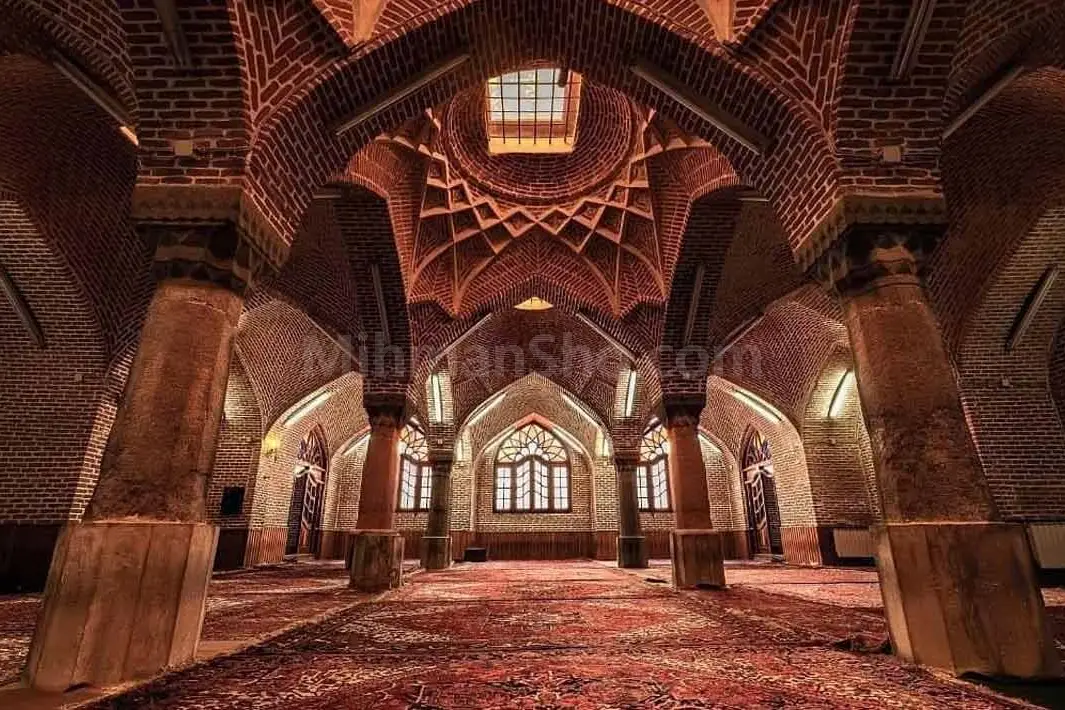When planning a trip to Iran, understanding how to manage your payments is crucial. Iran’s payment system blends traditional methods like cash with modern electronic options, though it operates differently from many other countries due to certain restrictions. One key detail travelers must be aware of is that international bank cards like Visa and Mastercard do not function in Iran due to sanctions. This means tourists need to rely on alternative payment methods during their stay. In this blog post, we’ll guide you through everything you need to know about payment methods in Iran.
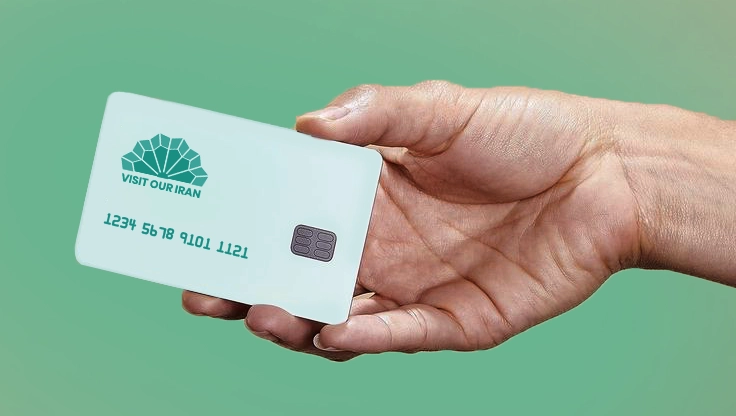
Cash: The Old Reliable
Despite the rise of digital payments, cash is still very important in Iran. You’ll need cash for many everyday transactions, especially in smaller towns and for things like public transport. It’s a good idea to always keep some Iranian Rials on hand. When you arrive in Iran, you can exchange your money at the airport, at hotels, or at exchange shops in the city. Many places, especially outside the major cities, may not have access to card machines or other electronic payment systems. Cash will be your best friend in these cases.
Iranian Bank Cards: Local Credit and Debit Cards for Daily Transactions
In Iran, most Iranians use local credit and debit cards for their transactions. These cards work on the Shaparak network, which is the main payment system in the country. The good news is that debit cards are widely accepted, whether you’re shopping in a mall, eating at a restaurant, or paying for a hotel. The problem is that international cards like Visa and Mastercard do not work in Iran due to sanctions. So, how do tourists manage?
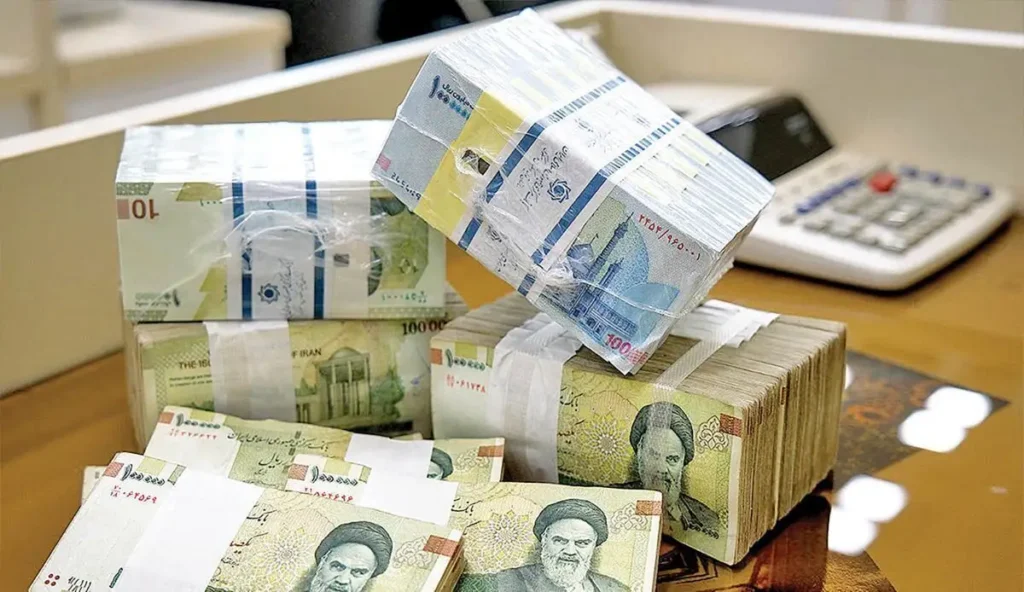
Iran Tourist Debit Cards: A Simple and Convenient Option
Tourists in Iran can make things easier by using an Iran Tourist Debit Card, offered by Visit Our Iran. This card is a prepaid debit card designed specifically for international travelers. You won’t need to rely entirely on cash, and you can use this card for both in-store and online purchases. It works just like a local bank card, meaning you can use it at almost any point of sale (POS) machine, online store, or even at ATMs.
With Visit Our Iran Tourist Debit Card, you’ll also have extra protection. For instance, if your card gets lost or stolen, you can quickly get a replacement. This added security means you don’t have to worry as much about carrying large amounts of cash with you.
Explore our blog post, “A Complete Guide to the Iran Tourist Debit Card,” to discover the advantages that make this card an essential tool for your travels in Iran.
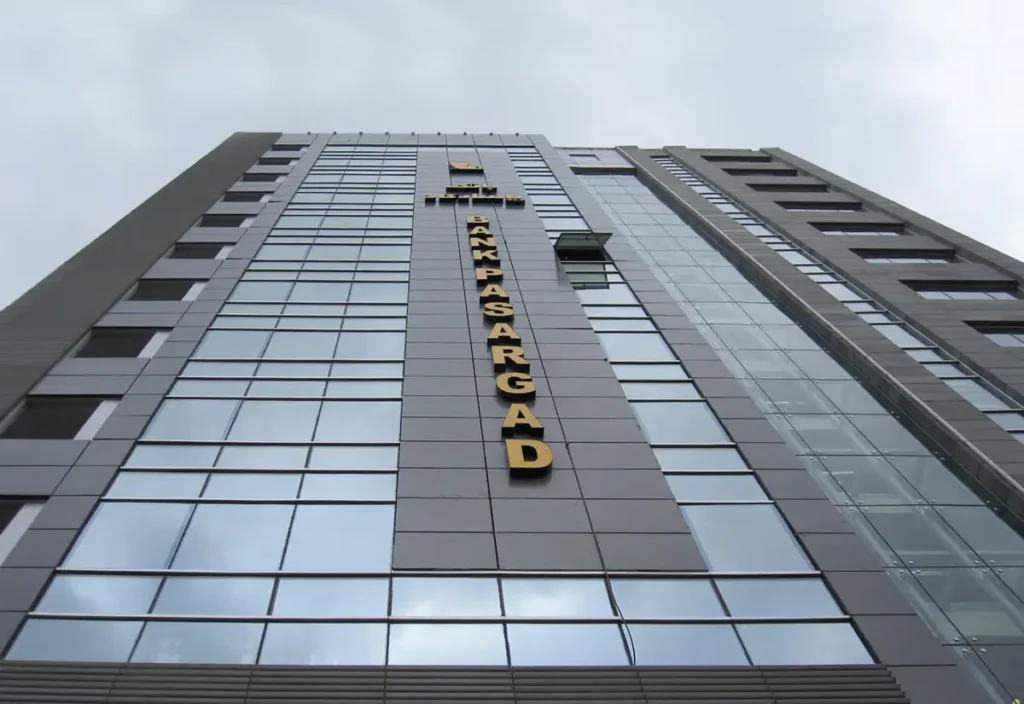
Online Payments and Mobile Wallets
Over the past few years, online payments have become more popular in Iran. Many Iranians use mobile apps for everything, from ordering taxis to buying food. If you’re visiting major cities like Tehran, Isfahan, or Shiraz, you can take advantage of these online services too. For instance, you can pay for your ride, hotel, or even meals through online platforms. However, to use these services, you’ll need a local payment method, which is where an Iran Tourist Debit Card becomes useful.
I also invite you to explore my article, Understanding the Costs, Fees, and Limits of Iran Tourist Debit Card, to gain valuable insights into transaction limits in Iran.
What About Cryptocurrencies?
Cryptocurrencies like Bitcoin are gaining popularity worldwide, and Iran is no exception. Although cryptocurrencies are not officially regulated by the government, they are sometimes used for international transactions. This is more common among locals than tourists, though, as it’s still a developing trend. If you’re familiar with using cryptocurrencies, it might be worth exploring, but keep in mind that it’s not widely accepted in physical stores.
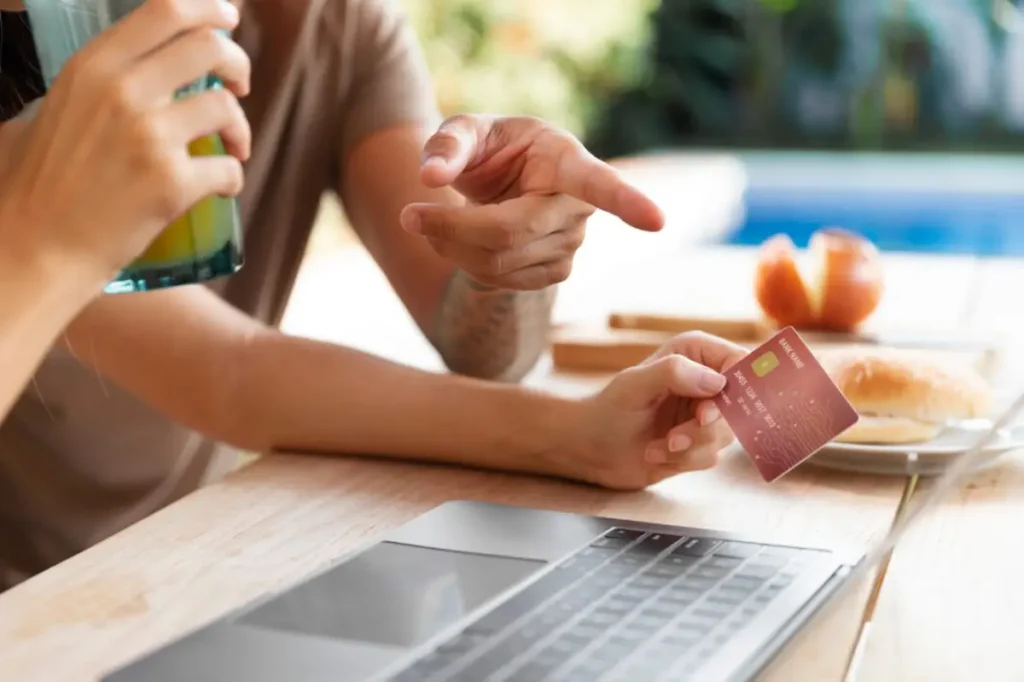
Always Keep Some Cash Handy
While you can rely on electronic payments in many places, you should still carry some cash with you, especially when traveling outside the major cities. For example, public transportation systems often only accept cash, and you might encounter areas where the internet connection is weak, making card payments difficult. Having a balance of cash and an Iran Tourist Debit Card will ensure that you’re covered in any situation.
Iran’s Fintech Startups Are Growing
Iran is seeing a surge in fintech startups, especially in its major cities. These companies are creating new ways for people to pay, including mobile wallets that allow you to pay for things by scanning QR codes. While tourists may not always have access to these services, it’s good to know that Iran’s tech scene is evolving, and payment methods are getting more modern. Some services, like phone apps for paying taxis, are already becoming common, particularly in Tehran.
Neobanks in Iran
Iran’s neobanks are a growing segment in the country’s financial landscape, offering fully digital banking services without the need for physical branches. These new-generation banks provide a variety of financial services, including online money transfers, bill payments, and account management, all accessible through mobile apps or websites. Some of the well-known neobanks in Iran include Blubank and Fardabank, each offering unique features like easy account opening, online loans, and e-wallet services. While still developing, Iranian neobanks are positioning themselves as efficient alternatives to traditional banks, especially for users seeking convenient, digital solutions.
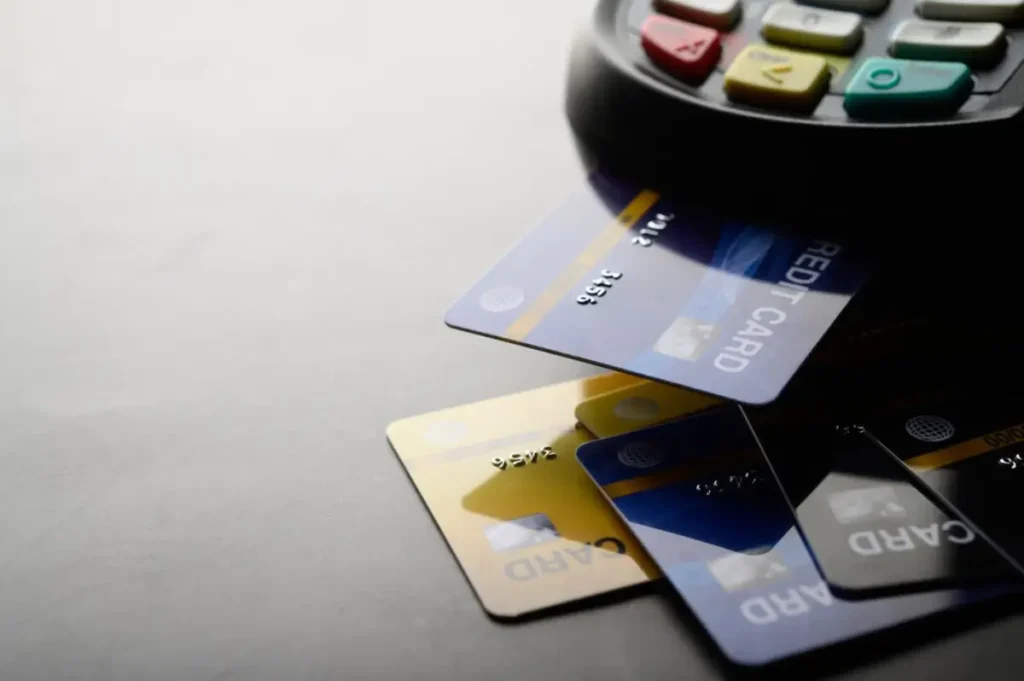
Money Exchange: Where to Get Local Currency
When you arrive in Iran, one of the first things you’ll need to do is exchange your currency for Rials. The best places to exchange money are at airports, hotels, or official exchange offices in the city. Avoid exchanging money on the street, as the rates are often less favorable, and it can be risky. Most tourists find it convenient to change a small amount at the airport and then exchange more later, as needed.
Still wondering how to do currency exchange during your trip to Iran? Read our comprehensive article: How to Exchange Money in Iran as a Tourist: A Comprehensive Guide!
Understanding the Rial vs. Toman
One thing that can be confusing for travelers is the use of two different currency terms: Rial and Toman. While the official currency is the Iranian Rial, most people in Iran use Toman in everyday conversations. The conversion is simple: 1 Toman equals 10 Rials. For example, if someone tells you something costs 10,000 Tomans, that’s actually 100,000 Rials. It’s a good idea to clarify this when discussing prices, especially to avoid misunderstandings.
Check out our blog post on Iranian Currency to better understand the local money system and make informed financial decisions during your trip!
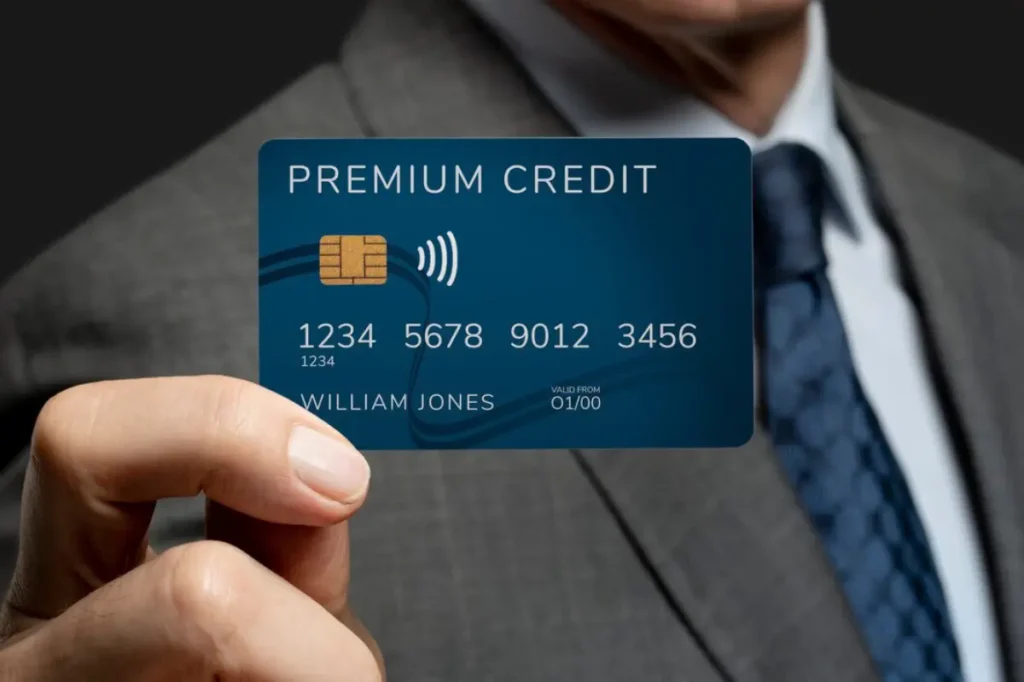
Experience easy and safe travel with Visit Our Iran‘s Tourist Debit Card solution. Don’t miss out on the opportunity to enjoy seamless payments – apply now for your Iran Tourist Debit Card!
Planning Your Payments in Iran
When visiting Iran, it’s important to plan ahead for your payments. Iran blends traditional and modern methods, with both cash and digital payments playing a significant role. While electronic payments are on the rise, cash still holds strong, especially for everyday transactions. The best approach for a hassle-free experience is to carry a balanced combination of both.
However, Tourists will find digital payment options more convenient and secure. That’s where the Iran Tourist Debit Card from Visit Our Iran can help. It gives you access to Iran’s local banking system, allowing you to make purchases at shops, restaurants, and even online platforms with ease. Contact us at Visit Our Iran to get your Iran Tourist Debit Card today and start your journey with peace of mind!

